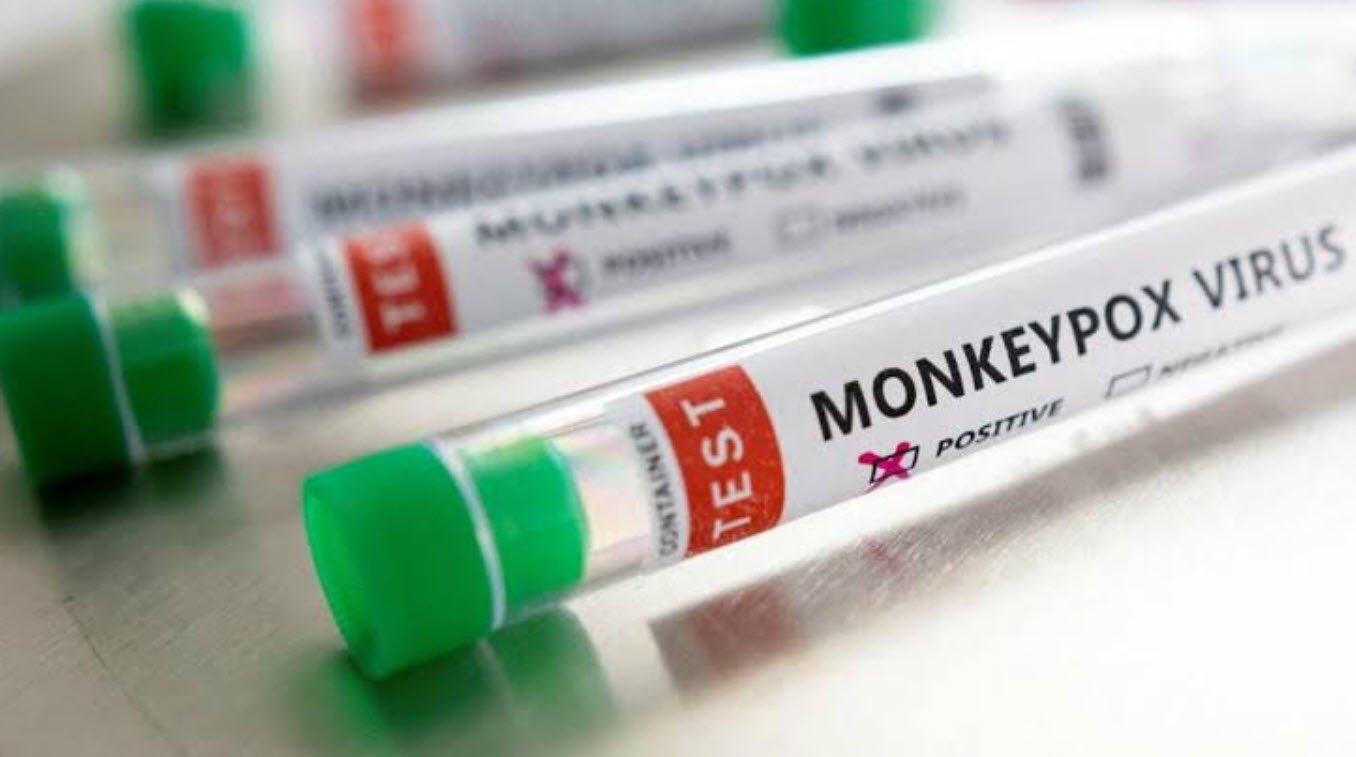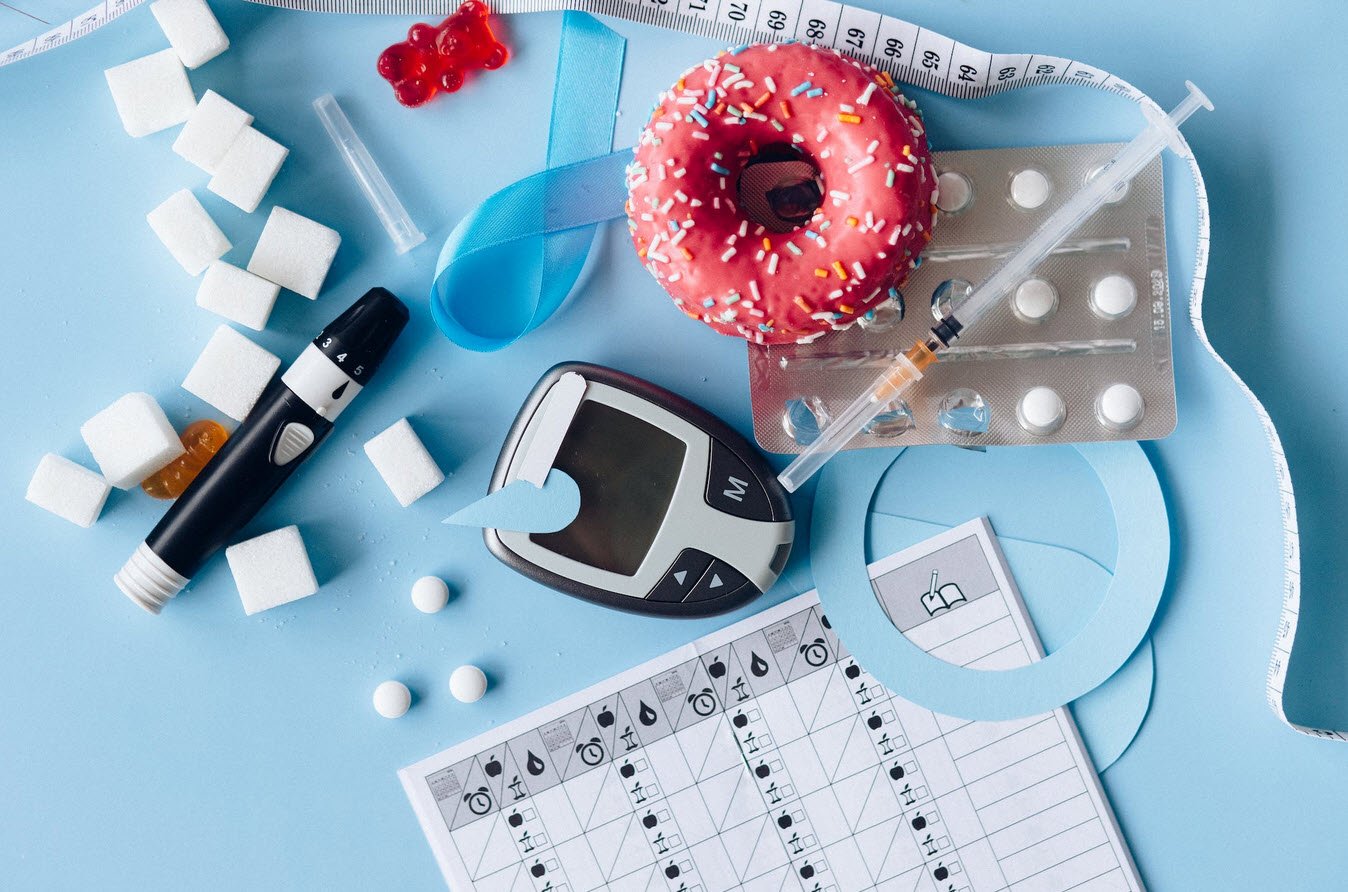
The most prevalent of all serious intestinal diseases is appendicitis. It refers to an inflammation of the vermiform appendix. It presents itself in acute and chronic forms and affects both sexes equally.
Nowadays, this illness is to blame for roughly 50% of acute abdominal problems in people between the ages of 10 and 30. Developed nations experience it more frequently than developing nations do. The caecum, the beginning of the big intestine, ends in a tiny tube called the appendix. It is called a vermiform appendix as it resembles a worm.
It is usually eight to ten o’clock. Its structure is made of the same tough fibrous outer covering as protects the entire alimentary canal. There is a layer of muscular tissue under the outer covering and further a layer of lymphoid tissue.
Symptoms
The function of the appendix, which is performed by this lymphoid tissue is to neutralize the irritating waste material generated in the body or the organic poisons introduced through the skin or membranes.
Appendicitis usually begins with a sudden pain in the center of the abdomen, which gradually shifts to the lower right side.
Constipation, diarrhea, indigestion, or general abdominal discomfort may occur before the pain. Typically, the patient has a low-grade fever of 100 to 102°F. The patient may vomit once or twice and experience frequent nausea. The right side of the abdominal muscles tightens and stiffens.

The patient draws some comfort by drawing up the right leg. When the left side of the abdomen is pressed, the pain on the right side gets worse. Sneezing and coughing exacerbate the discomfort.
The appendix may rupture and release its pus into the abdominal cavity if the inflammation worsens. This may result in a serious state known as peritonitis. The temperature rises and the patient becomes pale and cold. This condition may call for an urgent operation. The patient may experience recurrent right lower abdominal discomfort, constipation, loss of appetite, and mild nausea in the chronic stage of appendicitis.
Causes
A disorder of the toxic bowel results in appendicitis. An excessive amount of poisonous waste material is accumulated in the calcium.
The result is an irritable, overworked, and inflamed appendix. Nature is attempting to target and “burn up the poisons” in that area. Inappropriate eating habits and system enervation cause this syndrome.
An important risk factor for the development of appendicitis is inflammation of the intestinal lining brought on by repeated use of apparent medications. Certain microorganisms that are typically found in the intestinal system cause further inflammation and infection.
Treatment
As soon as a patient exhibits the first signs of acute pain, vomiting, or fever, they should be immediately sent to bed.
Rest is of utmost importance in the treatment of this disease. The only effective treatment for appendicitis should be tried by the patient, which is fasting. No food should be given. Nothing except water should enter the system. Low anemias, containing about one pint (1/2 liter) of warm water should be administered every day for the first three days to cleanse the lower bowel. The sore area may be covered with hot compresses many times per day.
Continuous use of abdominal packs, which are made of a strip of wet sheet wrapped by a dry flannel cloth bound snugly around the abdomen, is advised until all acute symptoms go away. After about three days, after the acute symptoms have subsided, the patient should receive a complete enema that contains approximately 1 1/2 liters of warm water. Be repeated daily until the Inflammation and pain have subsided.
The patient can be given fruit juices from the third day onwards. This simple treatment sensibly applied will overcome an appendicitis attack.
After spending three days on fruit juices, the patient may adopt an all-fruit diet for a further four or five days. He needs to eat three meals a day of fresh, juicy fruits during this time. After that, he should adopt a diet that is well-balanced and based on the following three food groups: seed, nuts and grains, vegetables and fruits.
In case of chronic appendicitis, a short fast should be followed by a full milk diet for two or three weeks. The first day of this regimen calls for drinking a glass of milk every two hours from 8 a.m. to 8 p.m., the second day calls for drinking a glass every hour and a half, and the third day calls for drinking a glass every hour.
Then the quantity of milk should be gradually increased to take a glass every half an hour if such a quantity can be tolerated comfortably. After the full milk diet, the patient should gradually embark upon a well-balanced diet, with emphasis on fresh fruits and green leafy vegetables.
Certain vegetable juices, especially carrot juice, appendicitis treatment is effective when combined with cucumber and beet juice. Regular use of fenugreek seed tea is effective in avoiding the appendix from acting as a holding area for surplus mucus and intestinal waste. If constipation is a regular symptom of appendicitis, the patient should take all necessary steps to eliminate it.
Applying hot compresses and abdominal packs each morning and evening can provide a lot of relief. An abdominal massage is also beneficial.
Once the waste matter in the calcium has moved into the colon and thence eliminated, the irritation and inflammation in the appendix will subside and surgical removal of the appendix will not be necessary. The surgical operation should be resorted to only in rare cases when the appendix has become abscessed.








